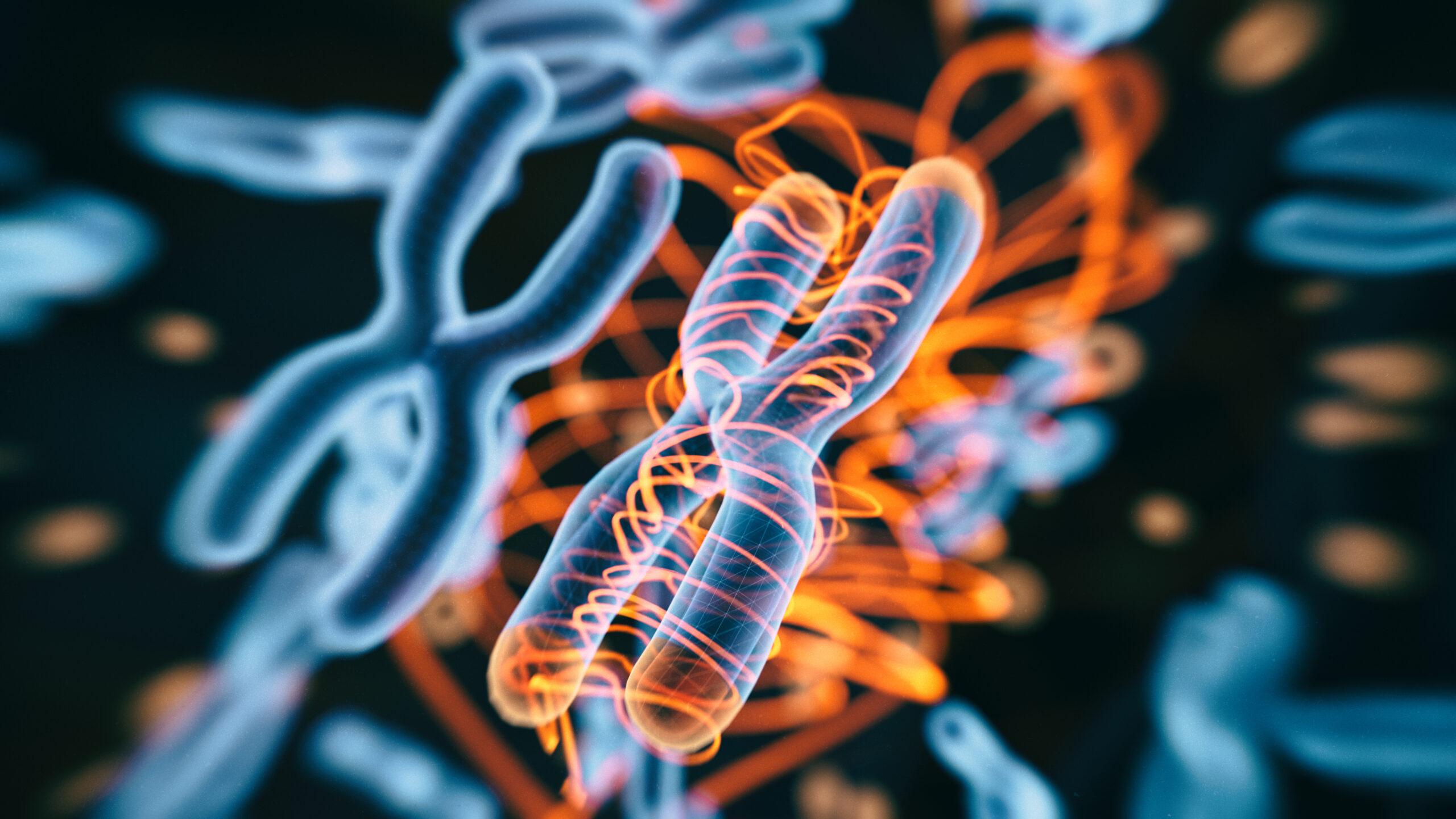NEXMIF/KIDLIA: towards an animal model


Prof. Heng-Ye Man, head of the Department of Biology at Boston University – Massachusetts USA, and his research group have been studying the correlation between the NEXMIF / KIDLIA gene and autism spectrum disorders (ASD) for years. In this 2020 study, they successfully created a mouse model to observe autism and intellectual disability linked to Nexmif mutations.
Nexmif knock out mice show autistic-like behaviors, including deficits in social interaction, tendency to repetitive self-cleaning and difficulties in communication, learning and memory. Neurons from the animal model demonstrate reduced synapse density and suppression in synaptic transmission: the NEXMIF gene plays an important role in synapse development and functioning. This means that an animal model can finally be considered and used to further study Nexmif-dependent neurodevelopmental disorders.